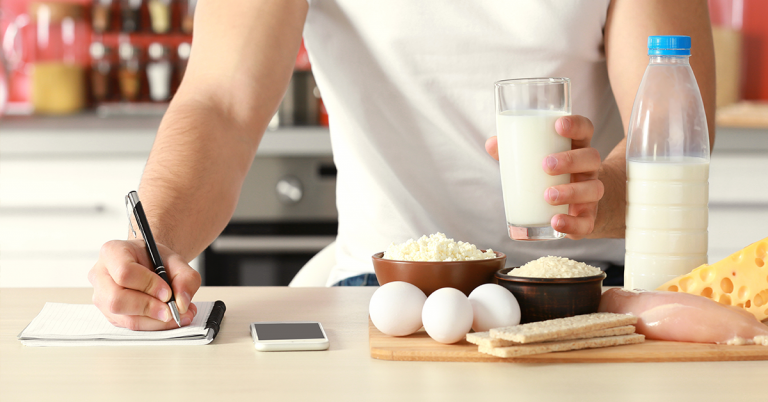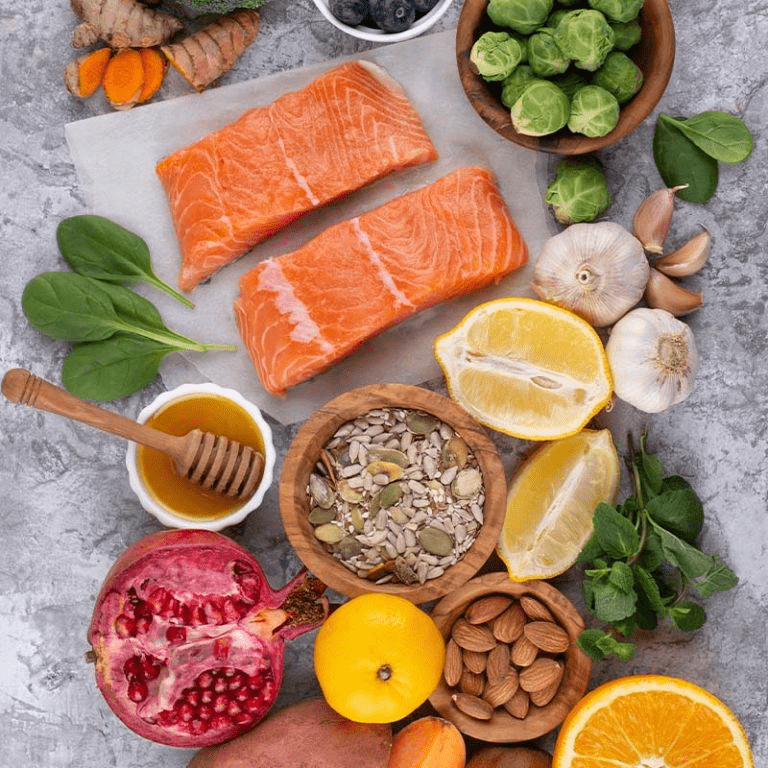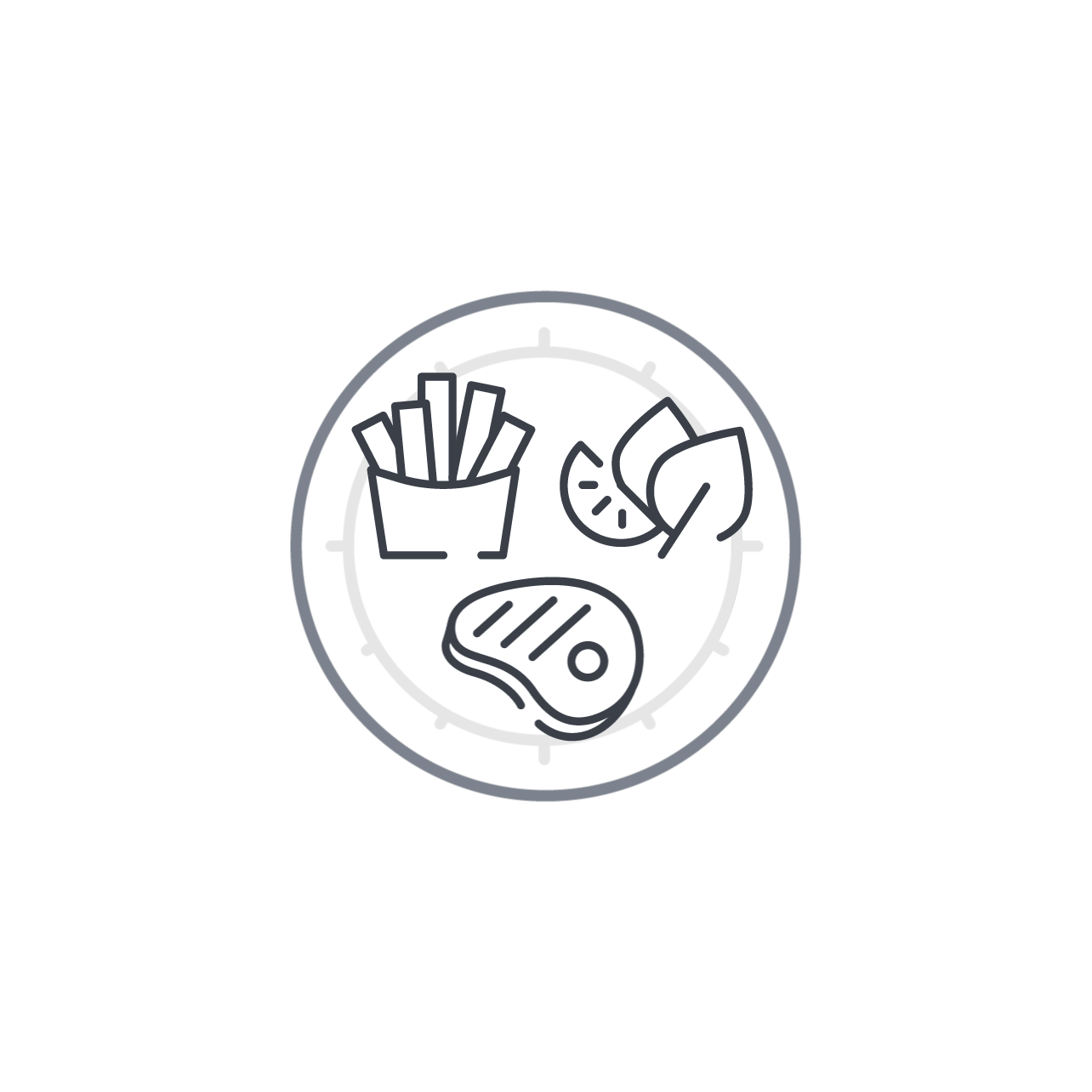

Part of the secret of success in life is to eat what you like and let the food fight it out inside.
Mark Twain
We all need food. Ok, this doesn’t come as a bombshell. Let us put it this way: we all love food. Unfortunately, like many other things we truly love (apart from sex, we presume), food can be potentially harmful to us. And we don’t mean eating something not properly cooked or not cooked at all (like those alive cockroaches you ate last summer in China). No, we are talking about basic, everyday food — if you eat it unbalanced.
Generally speaking, there are two criteria that should define what and how you eat:
• Energy Value (meaning how many calories you consume)
• Protein/Fat/Carbs Balance
Before we dwell into the topic, it is worth mentioning that our relationship with food is actually way more complex, comprised of such things as minerals / vitamins / water balance, dispensable and indispensable amino acids, the division of fats on saturated and unsaturated ones, and lots of other vagaries and subtleties. But for now, to explain things as easy as possible, we will stick to the two abovementioned criteria.
Biologically, we need food to get energy to move and grow. Nutritional composition of any product (the amount of protein, fat, carbs, vitamins and minerals) directly affects the way our organs, muscles and tissues develop and function. This is why the products we eat need to be as balanced as possible, so that our body gets the right amount of required elements.

Here’s an example for you: if one does not get enough protein, they will feel constantly fatigued, their muscles won’t repair after a workout, nails will become brittle, they might even lose some hair (we all know that will feel awkward in a shared gym shower room). On the other hand, if one gets too much protein, they might experience the relative deficit of some vital elements like vitamins and fiber, they might have kidney and liver issues, they will feel dehydrated, and ichorous processes might start in the intestines. So, the balance is everything.

The nutrition can be considered energetically adequate when the number of calories you get covers (but does not exceed) your body energy needs. The needs, of course, vary heavily depending on the way one spends the energy on, meaning that the adequate nourishment of a university student differs from the adequate nourishment of a marathon runner.
They may even eat the very same food at the very same time — and their calorific parameters will still be different. This is why it is vitally important to provide an individual approach when it comes to healthy eating — and this is what the GoBe Smart band exactly does.
The time our bodies take to complete digestion vary between not only individuals, but between sexes as well. On average, it takes around 6-8 hours for food to get through your stomach and small intestine. However, the total time (from eating to elimination in stool) averages roughly 50 hours for both sexes, while the average time of transit through the large intestine (also known as colon) only is 33 hours for men and 47 hours for women respectively.
And we are talking here about only one digestion cycle, while there are obviously several cycles round the clock: each new one begins as soon as you start your next meal. This is yet another reason why your personal data provided by HEALBE differs not only from other users’, but from your own previous data as well — even if you have eaten the very same meal at the very same time of the day during, say, two days in a row, the calorie intake estimates may still be different.

But how does one exactly know how much food they need? This is what calories are for: they help you to measure the energy you get. It should be noted that the number of calories you see on any food package is actually a kilocalorie (kcal). If you were busy playing hooky when they explained this on physics (that’s ok, we were as well), here’s what a kilocalorie is: the amount of energy needed to raise the temperature of 1 kilo of water to 1 degree Celsius.
These days, the number of calories is not measured by burning food as it was in the earlier days. Instead, the total caloric value is calculated by simply adding up the calories provided by the nutrients: protein, carbohydrate, fat and alcohol. This method, however, lacks accuracy, because it does not account for how absorption actually varies depending on the type of food or an individual. I.e., even if two products contain the same number of calories on the label, the number of calories that is actually absorbed by a body can vary for each different person and the type of food.
Apart from the inaccurate counting, each nutrientis absorbed differently between individuals, so the same amount of, say, protein may be used utterly different by you and some other person, due to the diversity in the way your bodies work (individual digestive characteristics in particular). Last, but not east, not all the energy in foods is digested or absorbed 100%. Some of it is used, for example, for the digestion process.

Well, you still may use the numbers the food package provides, and laboriously (and very roughly) get them into your fitness tracker (if you have one), or a calorie chart. But is it worth the pains? You are here to eat and enjoy your food, not to fidget with your gadget in front of a table, aren’t you?

And what if, say, you are at a dinner party and, what’s worse, you are supposed to give a speech? Would you still be preoccupied with what you have just eaten and how much calories it contained? You know, this might even lead to orthorexia nervosa — an eating (and mental) disorder characterized by an extreme preoccupation with eating healthy food which eventually leads to unhealthy consequences.
HEALBE GoBe3 provides an absolutely different approach for you to know and understand your food. 10-15 minutes after you eat, your body starts converting the carbohydrates in your food into glucose — the human body’s key source of energy. As glucose concentration rises, your cells absorb glucose and release carbon dioxide and water. Fat and protein in your food influence the rate of glucose absorption.

In the HEALBE GoBe Smart band we have succeeded to combine scientific notions of metabolic activities in a human body as well as glucose concentration estimation with your personal physical characteristics like sex, height, weight and age. Obviously, HEALBE GoBe3 does not exactly ‘see’ what you eat, but it does not need to. With the help of the HEALBE FLOW™ Technology, the Smart band 100% automatically analyzes impedance readings and estimates calorie intake based on your own glucose curves. This gives you a complete picture of your calorie and nutritional intake over time, telling you how energy-valuable and nutrient-balanced your food is.
Smart band uses a unique FLOW technology to track your calorie intake, body hydration, sleep and stress level as well as pulse, steps, and distance. Order yours today!
• Free shipping
• 30-days money back warranty
• 1 year guarantee
Please note that HEALBE GoBe is not responsible for any content that purports to give medical advice or advice regarding fitness training, exercise, or diet. Always seek the advice of a physician or other qualified health provider with any questions you may have regarding a medical condition and prior to starting a diet or physical fitness program.